Highlights of Rome

See: Relics of Ancient Rome
Rome once stood at the heart of a sprawling empire, and remnants of its power can still be seen scattered throughout the city.

Most iconic of all is the Colosseum, still drawing crowds nearly 2000 years after its construction. Once host to all manner of entertainment, from gory battles between gladiators and wild animals to elaborate mock sea battles on a flooded stage, it could seat an impressive 80,000 spectators and is the largest ancient amphitheatre ever built. Damaged by earthquakes and looters over the years, its crumbling tiers have become an enduring symbol of Rome. Take a guided tour to learn more about its fascinating history or join the crowds at sunset to see it silhouetted against a glowing sky.

Also not to be missed is the Pantheon, a wonderfully preserved Roman temple (now a church) that was once dedicated to the gods of the seven planets. Its unique design features an impressive dome with a central opening known as the ‘oculus’, meaning ‘eye’ in Latin. This allows sunlight to stream into the temple from above creating a heavenly effect (it’s even more magical to visit the temple on a rainy day when rainwater showers in through the ceiling!)

Not all of Rome’s buildings have stood the test of time so well, however their ruins create evocative reminders of the city’s past. The most impressive are found in the area of the Forum, which was once the hub of Roman social and political life. Here you can walk in the footsteps of emperors as you wander amongst crumbling temples, columns and ceremonial arches that offer a glimpse of what the city would have looked like at the height of its grandeur.
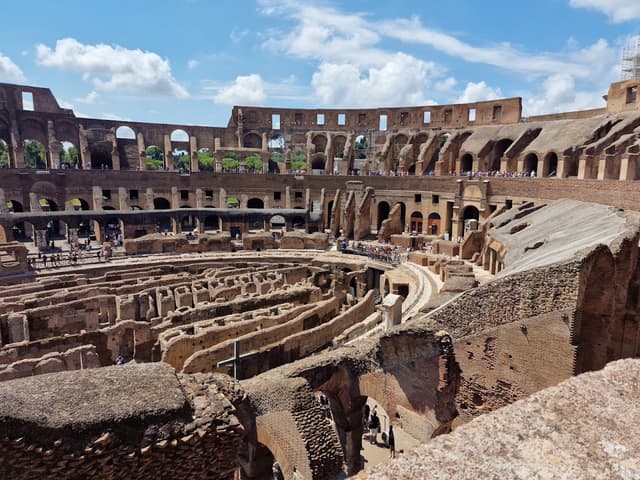
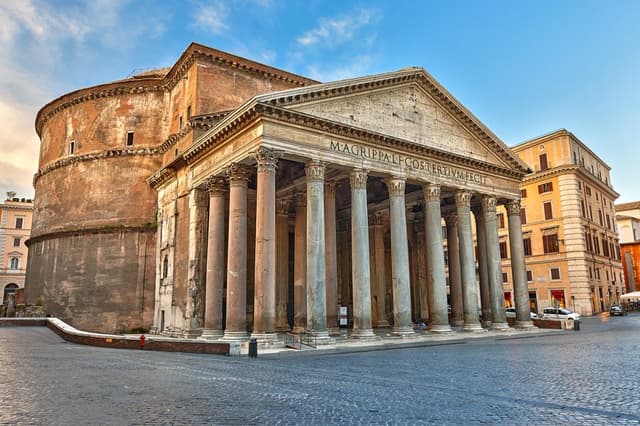
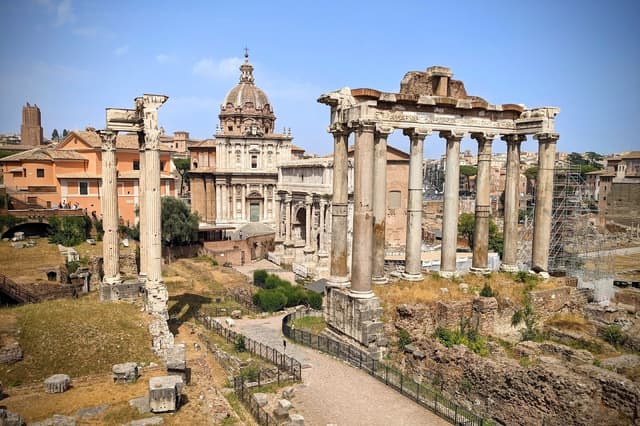
Top Tip: If your feet are starting to tire but you’re still keen to soak up some more history, pay a visit to the Temple of Hadrian. Once one of the largest temples in Rome, the crumbling columns have been incorporated into the present-day building, and inside you can sit and watch an immersive video projection that shows how Rome evolved throughout the different ages. It’s a great way to visualise what the city would have looked like and vividly brings the ancient ruins to life. There are also many cafes with terraces overlooking the temple such as the lovely Gran Caffe where you can take a break.

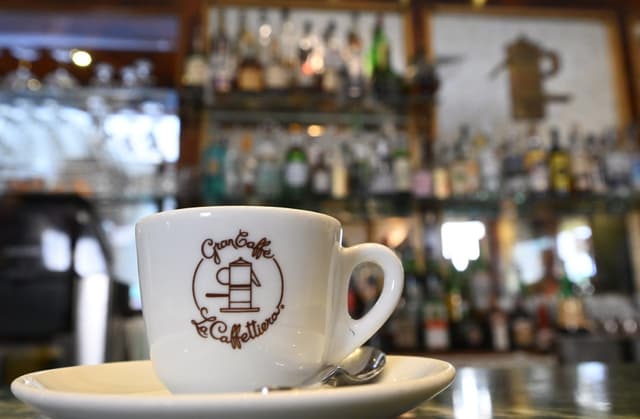
Taste: Pizza

Italian food is famous around the world and its most popular export is pizza, so it would be a crime to come to Rome and not sample it at its source! If you’re looking to grab a bite on the go try 'pizza al taglio', which is baked in rectangular trays with various toppings and sold by the slice all over the city. Another popular option is 'pizza alla Romana' (Roman style pizza) which has a thin, crispy base and is seriously addictive!
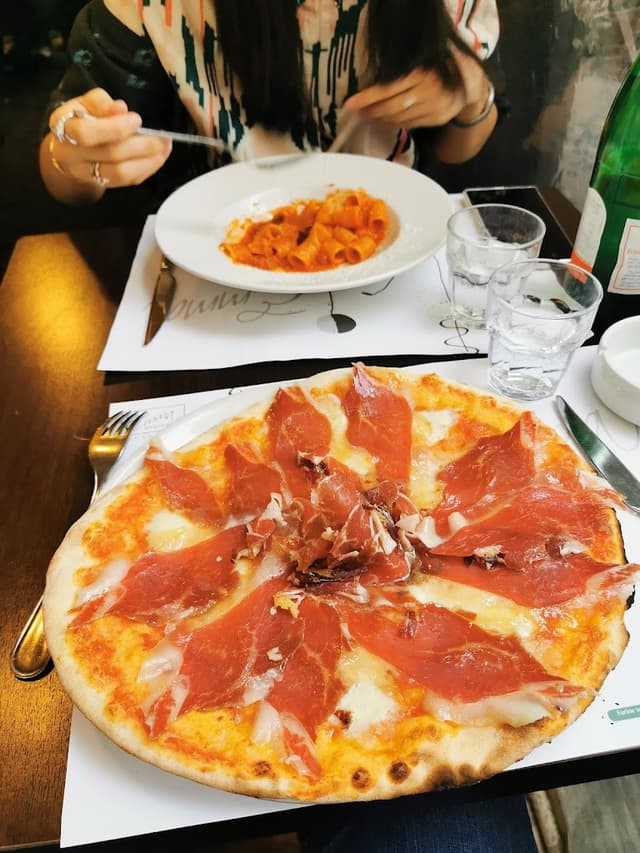

Top Tip: Don't forget to grab a gelato for dessert!

Discover - Borghese Gallery

Rome is a city crammed with so many world-class museums that it can become a bit overwhelming! A good place to start is the Borghese Gallery, which showcases one of the world’s most outstanding art collections in an elegant 17th century palace.
As you wander through the series of ornately decorated rooms your eyes are pulled in every direction, as each room is brimming with artistic treasures. One minute you’re looking up to admire the enchanting ceiling frescos, the next you’re looking down to discover ancient mosaic floors depicting bloody gladiatorial battles. That’s before you’ve even started to take in all of the masterpieces on display, which include sublime statues by Bernini and acclaimed artworks by Raphael and Caravaggio.
Even if you know absolutely nothing about art you will come away with a new found awe at the skill and mastery on display here.
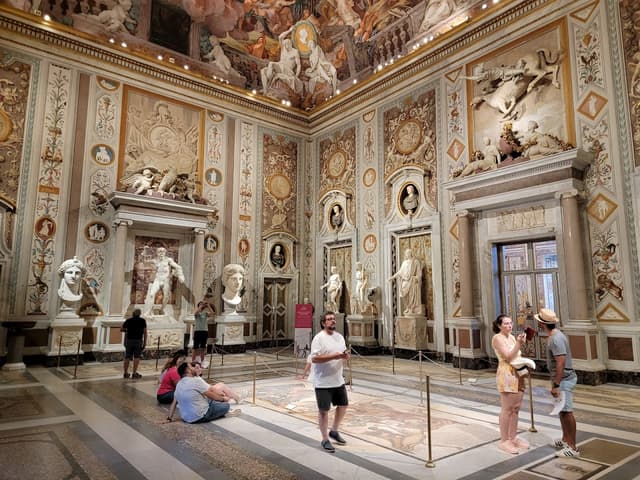

Top Tip: Afterwards take a stroll around the lovely Borghese Gardens and finish at the Pincio Terrace for panoramic views over Rome’s historic centre. From here you can walk down the steps to the Piazza del Popolo where you’ll find a 36 metre high Egyptian obelisk which originally came from the sun temple of Heliopolis.
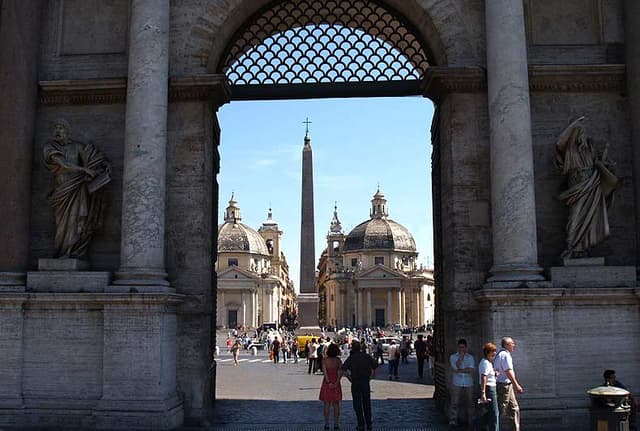
Explore - The Jewish Ghetto

Rome once had the most sizable Jewish population outside of Jerusalem and the narrow, winding streets of the Jewish Ghetto tell an interesting story. In 1555 Pope Paul IV created a gated area where the city’s Jewish population were forced to live apart from the Christians. Restrictive laws were introduced which meant Jews weren’t allowed to own property or hold certain jobs and living conditions were cramped and unsanitary, with the area constantly at risk of flooding from the nearby River Tiber. The Ghetto was operational until 1870, making it one of the last remaining ghettos in western Europe (until they were reintroduced under the Nazis).
Despite its dark history today it has become one of the city’s most desirable locations, with atmospheric cobbled streets and narrow buildings painted in warm orange and ochre tones. Getting lost amongst its atmospheric streets is the best way to explore the area. However, if you’d like to learn more about the neighbourhood’s history then pay a visit to the Jewish Museum. Here you can learn about what life was like in the past, from traditional Jewish celebrations to the horrors of the Holocaust. Admission to the museum also includes a tour of the Synagogue of Rome, a beautiful building built to celebrate the freedom of the Jewish community after the ghetto was finally abolished.
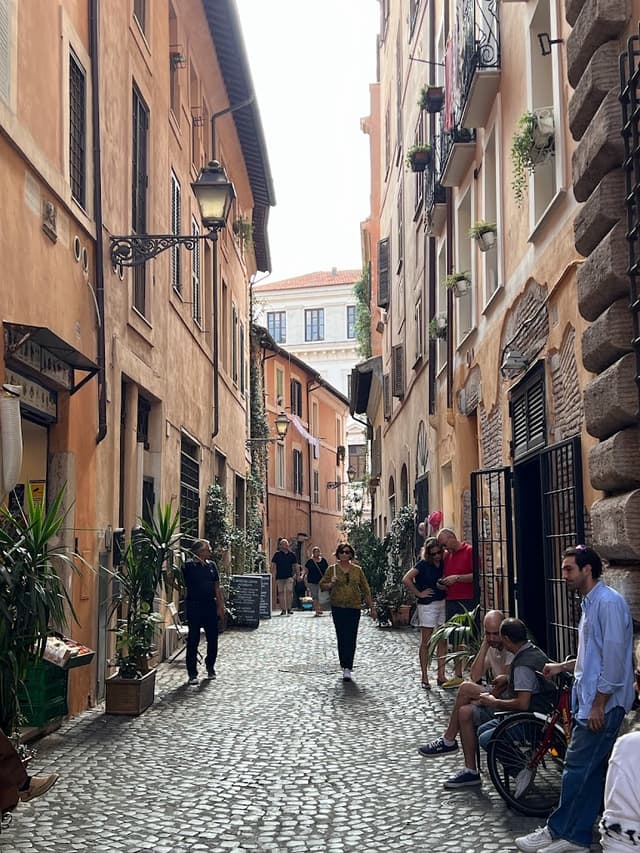

Experience - Churches

Rome is considered the home of the Catholic church, and even if you are not religious you will likely find yourself dazzled by the sublime beauty of Rome’s many churches. If you have the time and the stamina then spend a day visiting The Vatican City. Here you will find Saint Peter’s Basilica and the Vatican Museums, where you can admire Michelangelo's famous frescoed ceiling.
However, if you can’t face the crowds at the Vatican, there are beautiful churches to discover all across Rome. One of my favourites is the Basilica di Santa Maria Sopra Minerva, located just around the corner from the Pantheon. Built over the foundations of a Roman temple, this is the only Gothic church in Rome and has a beautiful vaulted ceiling decorated with stars and gorgeous stained glass windows.
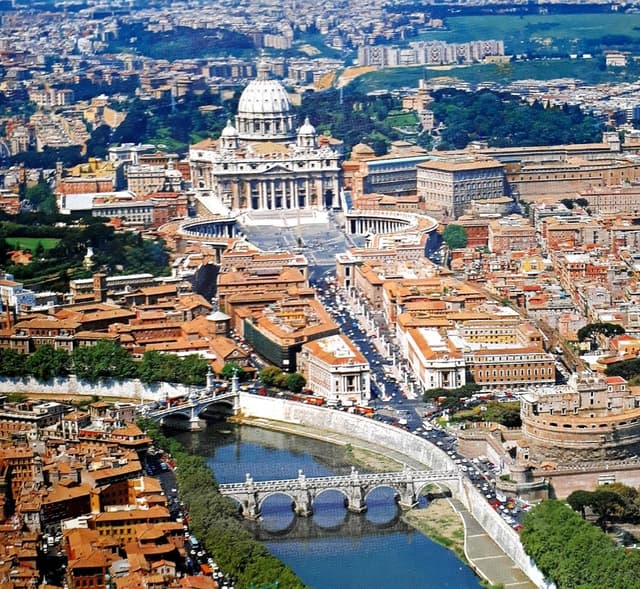
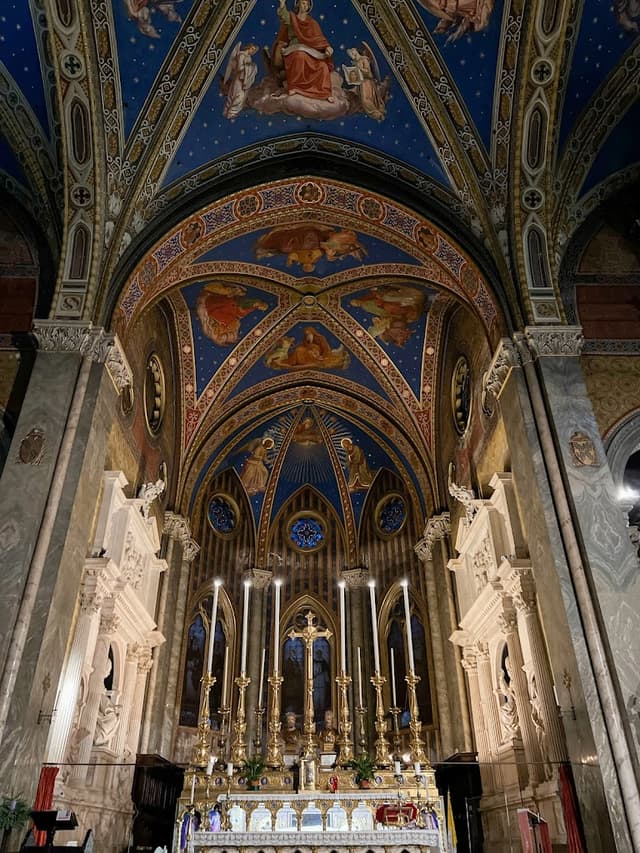
Don’t Miss - Quartiere Coppede

If you want to escape the crowds for a little while and are a fan of quirky architecture it’s worth seeking out the Quartiere Coppede. Located in the Trieste district of Rome, only a short walk from the popular Borghese Gardens, you’ll find a beautiful square surrounded by unique buildings.
Designed by the Florentine architect Gino Coppede, classical influences combine with art nouveau flourishes. Stroll around the square to admire fairytale turrets, an elaborate arch hung with a seahorse chandelier, a striking spider mosaic and a host of intriguing carvings and frescoes.
Top Tip: After you’ve soaked up the splendid architecture head around the corner to Pasticceria Grue and treat yourself to coffee and cake.
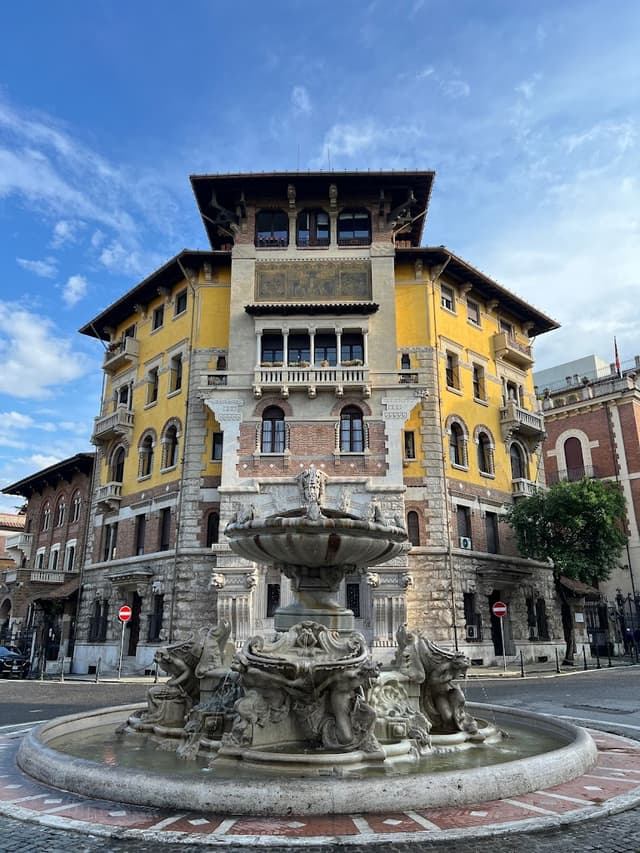

Stay:

Budget:-
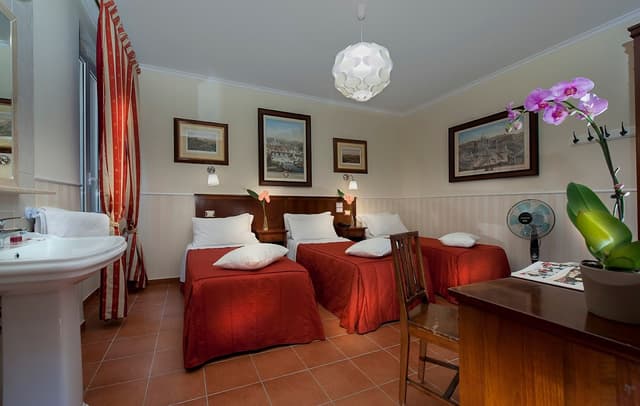
Enjoy your trip to Rome!

The home for unique & authentic travel